Worldwide, models of health and care are struggling to meet the challenge of ageing populations. Digital health and care interventions are recognised as key to the solution in tackling this crisis using modern technologies and digital services. They are not only changing the way we communicate but offer more innovative ways for monitoring our health and wellbeing and provide greater access to personal data for self-management.
It empowers us to track, manage and improve our health and care environments, leading to greater independence and improved health outcomes. By innovating we can reduce inefficiencies in health and care delivery, improve access, reduce costs, increase quality of care, make health services more person-centred and personalise medicine for a patient’s unique needs.
Definition
Defining digital health and care is a complex task as, globally, we are still to decide on a universal definition. Digital health applications consist of certain essential elements such as wireless devices, hardware and software sensors, microprocessors and integrated circuits, the internet, social networking mobile and body area networks, health IT, genomics and personal genetic information. Because of the varied nature of these elements the term digital health forms an umbrella term for:
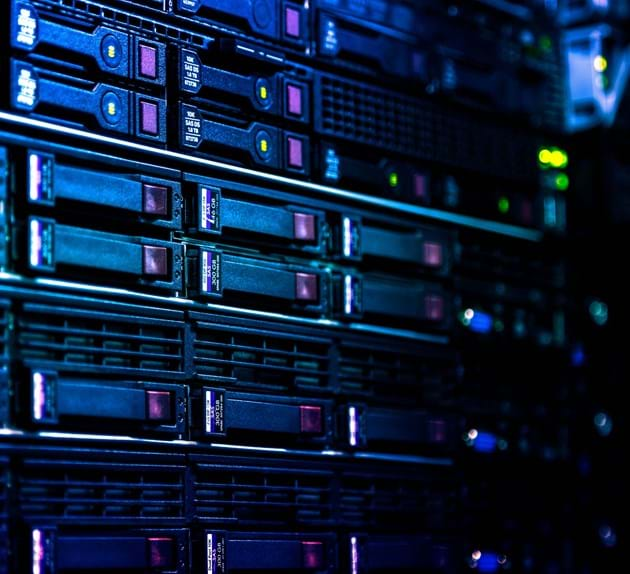
Big Data
Data sets that are so large and/or complex that traditional data processing models cannot cope. Computer analysis and predictive analytics can be used to reveal patterns, trends and associations, specific to health in relation to human behaviour and interactions. Big Data challenges include data capture, analysis, curation, sharing, storage, transfer, visualisation, updating and information privacy.
Cloud Computing
The outsourcing of IT activities to one or more third parties that have rich pools of resources to meet organisation needs easily and efficiently. Users of cloud computing are billed for their usage of the third-party infrastructure rather than purchasing and managing their own IT software, hardware and general infrastructure.
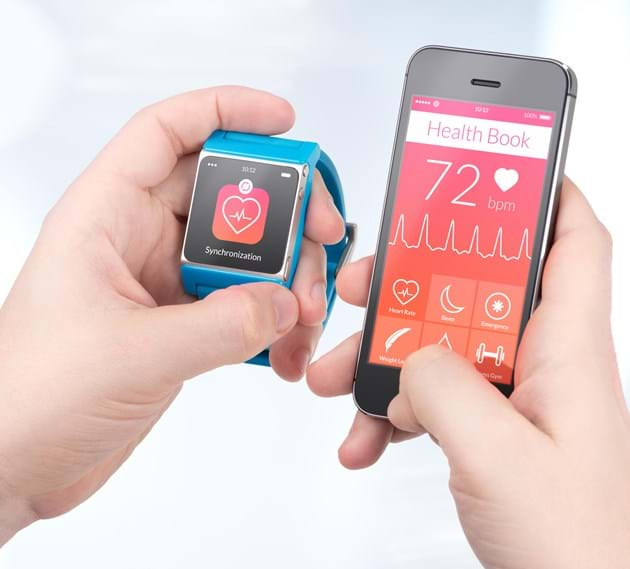
Connected Health
A model of health and care delivery where the devices, services and interventions used are designed around the patient’s specific needs, and their health data informs and is shared in a manner that allows the patient to receive care in the most proactive and efficient way possible.
eHealth
In its infancy eHealth described the application of electronic processes and ICT across the entire range of functions affecting health and care. Currently eHealth encompasses the field of medical informatics, that organise and deliver health services and information using the internet and its associated technologies.
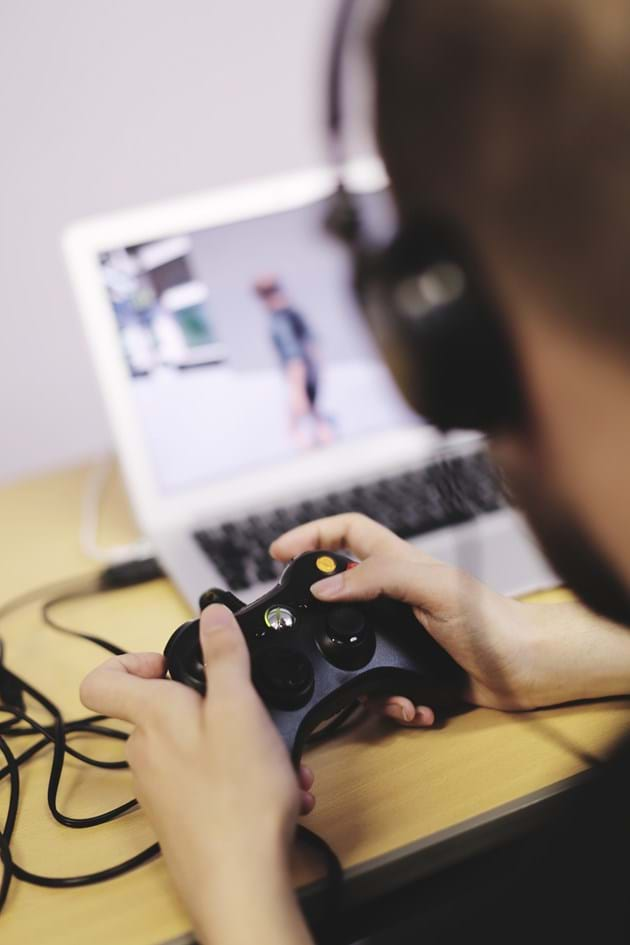
ePatients
Are health consumers that fully participate/engage with their own health and care. They are experts in their own personal health and health care process. They may be engaged and participate in their own health and care and those they care for. Unlike eHealth the ‘e’ can refer to electronic, equipped, enabled, engaged, equal and other associated terms.
Gamification
The use of game-design elements and game principles in non-game contexts. It improves user engagement, ease of use, productivity, recruitment and evaluation. It’s use in health and wellbeing has been primarily to encourage users to exercise more and make changes towards improving their overall health. The use of gamification has saturated the health and fitness app market.
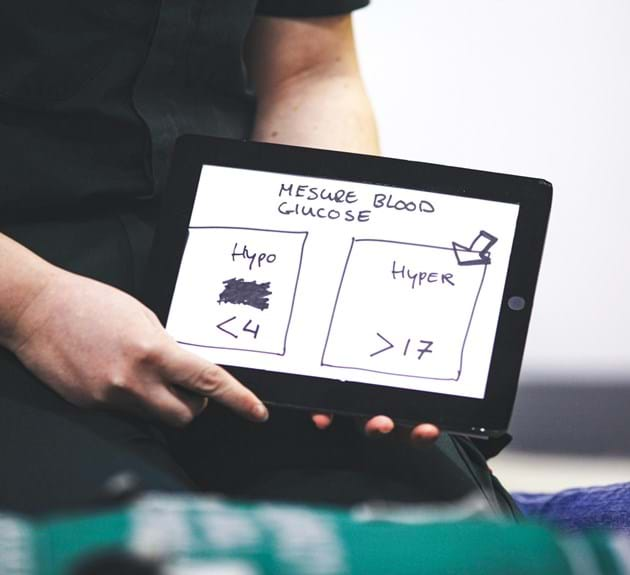
Health 2.0
Includes websites, within Web 2.0, with user-generated content, interoperability and usability functionality. It describes the use of technology to enable care collaboration, using hardware and software tools (e.g. cloud, Saas, and mobile technologies) to promote collaboration between patients, their carers and health and care providers.
Health Information Technology
Health IT at a basic level is information technology applied to health and care. It supports the management of health information across computerised systems and the secure exchange of health information between patients, health care providers and various other health and care stakeholders.
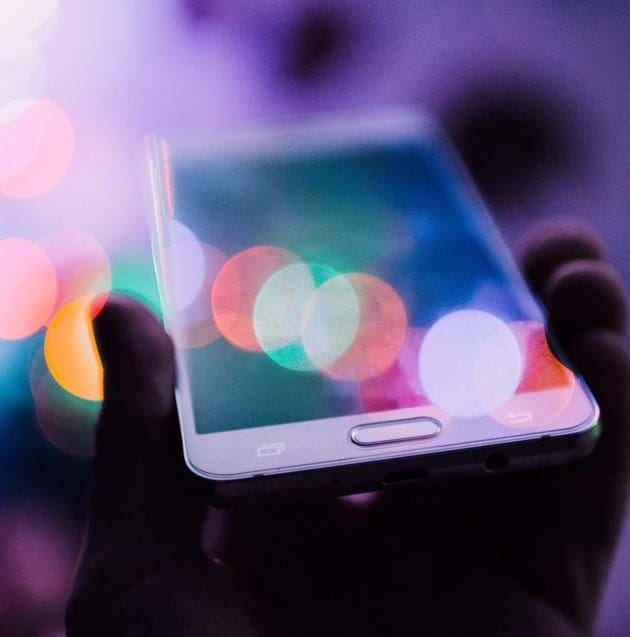
Mobile health (mHealth)
Uses mobile communication devices for health services and information and is a sub field of eHealth. Applications include using mobile devices to collect community and clinical health data, delivering health and care information for patients, health care providers and researchers, real- time patient monitoring and the provision of direct care.
Precision/Personalised Medicine
Precision medicine proposes that a person’s health and care should be customisable, with medical decisions, practices and products being personalised for the individual patient. Personalised medicine is seen as being one and the same as precision medicine, and groups patients based on their risk of disease or response to therapy, using diagnostic tests and/or techniques.

Quantified self
Refers to an individual engaged in self-tracking of biological, physical, behavioural or environmental information. This self-tracking uses wearable technology devices to track and analyse weight, energy level, mood, time usage, sleep quality, cognitive performance, exercise and health. It allows more time and cost-efficient data collection and may allow for users to quantify previously unknown biometrics.
Telehealth
Involves the use of telecommunication technologies to deliver care-related services and information that supports patient care, administrative activities, and health education. It includes a broad spectrum of services including patient/clinician contact, as well as patient education, advice, intervention and monitoring. The technologies involved are not necessarily digital.
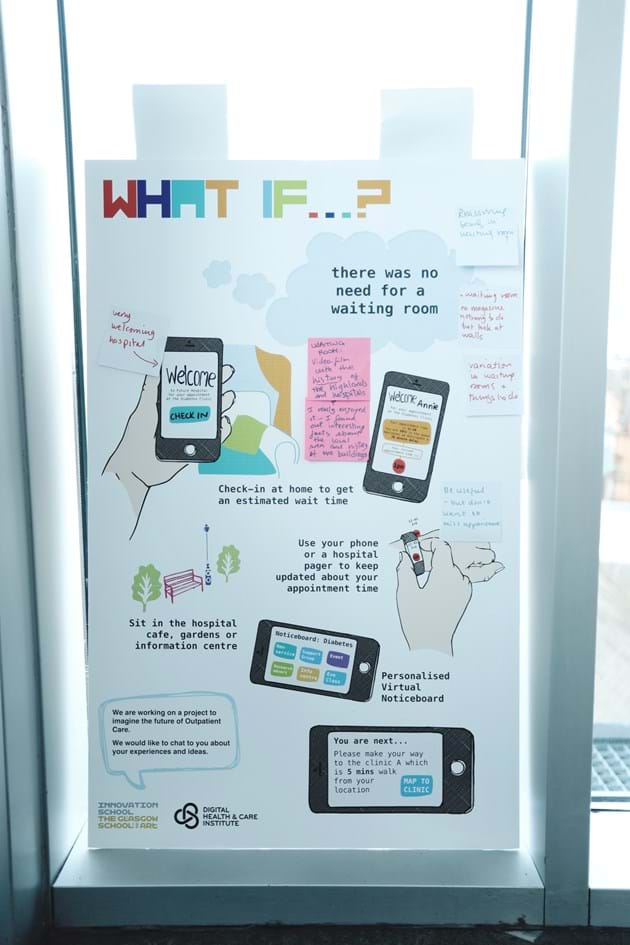
Telemedicine
Telemedicine describes the exchange of medical information from one site to another via electronic communications to improve a patient’s health. It is primarily seen as a clinical tool being used to provide remote clinical health care over patient and administrative support. Similar to Telehealth it utilises both analogue and digital technologies.
Wireless health
Is the integration of wireless technology into health and care, for the diagnoses, monitoring and treatment of patients. It differs from mHealth as it doesn’t have to be mobile. Wireless health applications are useful in reaching patients living in remote areas.
